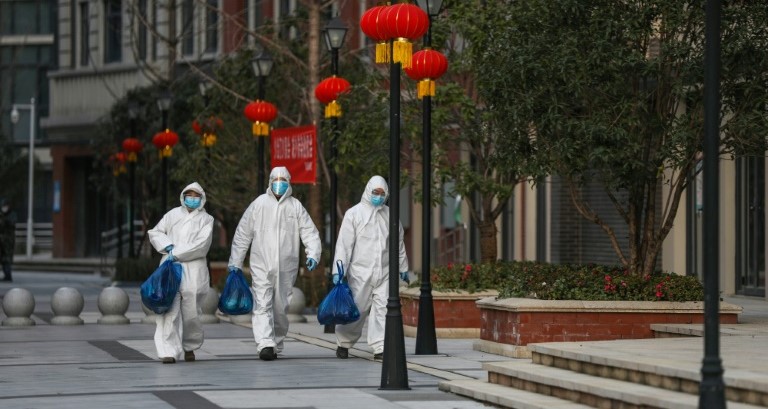After a few dozen new corona infections, Beijing has decided to expand the massive testing program even further with eleven additional districts.
Effective immediately, about 90 percent of the Chinese capital’s 21 million residents will undergo three checks this week for infection with the dreaded virus. The measure applies for the time being until Saturday.
The densely populated Chaoyang district, home to 3.5 million people, has already undergone three tests a week. The first round started Monday and yielded a total of 22 positive cases. Despite that small number, there is a fear that Beijing will go into partial or even complete lockdown, following Shanghai’s even larger port city. Several neighbourhoods have already been sealed off, and people are no longer allowed to leave the neighbourhood.
Experts point out that, unlike Shanghai, the capital intervenes very early and tests virtually everyone. That should help contain the outbreak. About a hundred corona infections have been discovered in Beijing so far. Although the fairly strict curfew has been in effect in Shanghai for a month, 17,000 new infections have been registered there in the last 24 hours. The vast majority are asymptomatic, but there were also 33 Covid-19 deaths.
This makes Shanghai the centre of the largest corona wave in China since the pandemic outbreak in early 2020. With large-scale testing, quarantine and curfews, the government in the country of 1.45 billion inhabitants is trying to follow a zero-Covid strategy. The policy is being tested by the high contagiousness of the less pathogenic omikron variant. The authorities are not in favour of easing the measures.
According to the experts, it is also a problem that millions of older Chinese are not vaccinated or are insufficiently vaccinated. In addition, there are doubts about the efficacy of the Chinese vaccines against omikron. As a result, foreign vaccines are not allowed on the market. It also warns of overloading China’s poorly developed health system.

